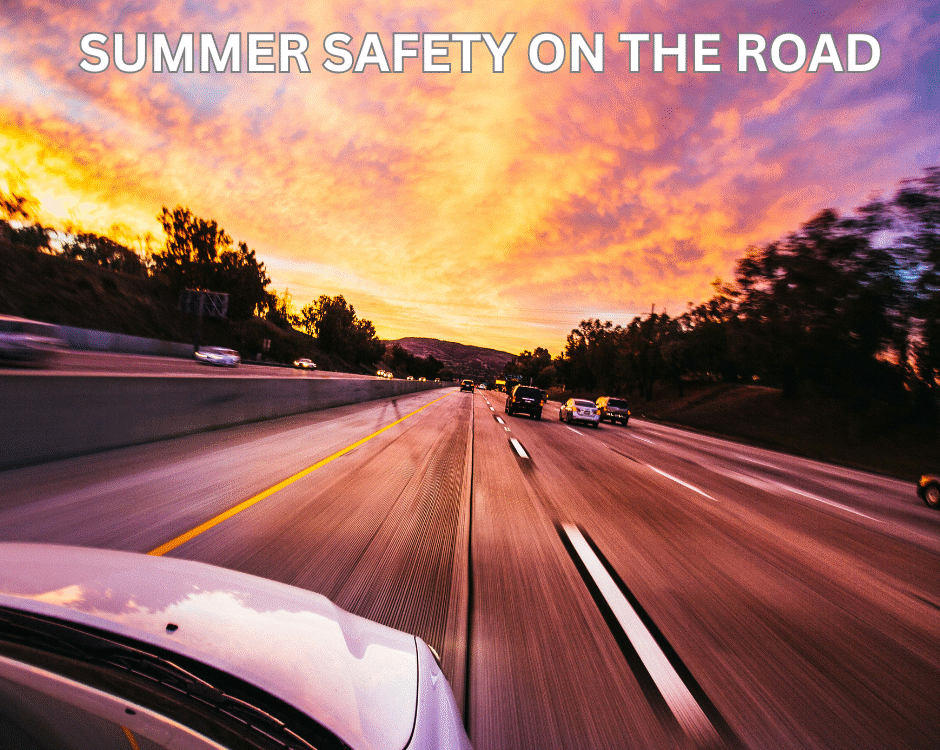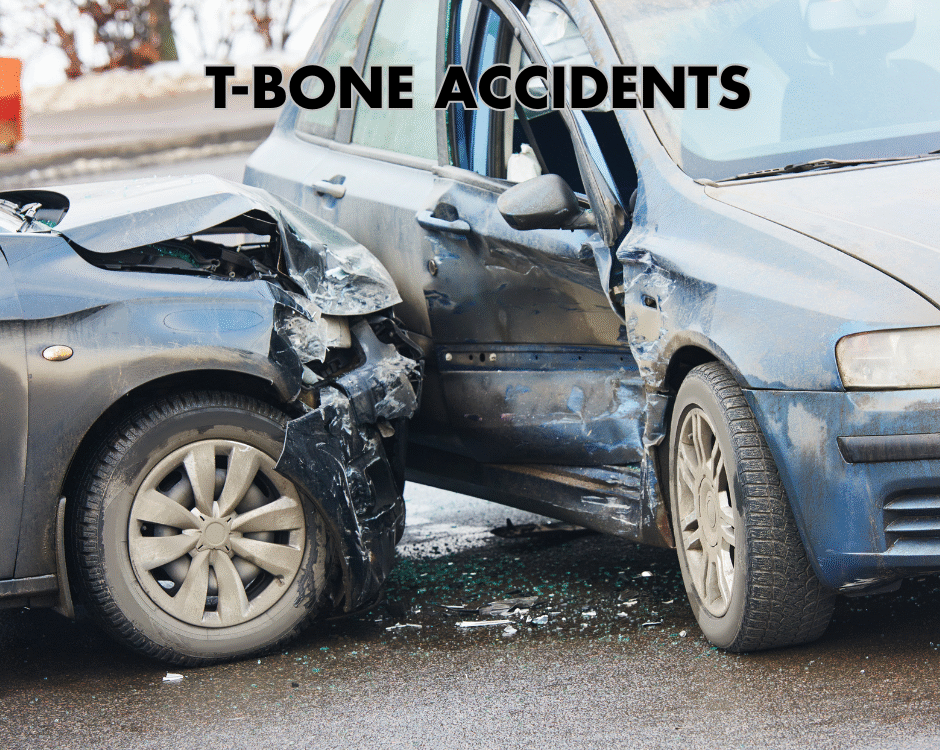Heat Illness from That Blazing Summer Sun

The World of Distraction and Defensive Driving
July 7, 2023
What is the Craze of Pickleball?
July 24, 2023Summer Heat
While the summer season is associated with plenty of outdoor fun and activities, some precautions should be considered when exposed to the summer’s heat. Heat stroke and heat exhaustion are both heat related illnesses but differ in terms of their severity and symptoms. Heat exhaustion is an illness that occurs when the body becomes overheated due to prolonged exposure to high temperatures or intense physical exertion in a hot environment. It is a milder form of illness compared to heatstroke but still requires prompt attention and treatment to prevent it from progressing to a more severe condition. Heatstroke, also known as sunstroke, is a severe and potentially life-threatening condition that occurs when the body’s core temperature rises to a dangerously high level, typically above 104 degrees Fahrenheit. Here are the key differences between the two:
Heat Exhaustion:
- Cause: Heat exhaustion is typically a result of prolonged exposure to high temperatures and inadequate fluid intake, leading to dehydration.
- Symptoms: Common symptoms include excessive sweating, weakness, fatigue, dizziness, headache, muscle cramps, nausea or vomiting, rapid heartbeat, and pale or clammy skin.
- Body temperature: The body temperature may be normal or slightly elevated but generally remains below 104 degrees F.
- Mental status: Individuals with heat exhaustion may experience mild confusion or irritability.
- Treatment: It is essential to move the person to a cool, shaded area, encourage them to rest, and rehydrate them. Loosening or removing excessive clothing and applying cool, damp clothes can also help. If symptoms worsen or do not improve within an hour, seek medical attention, or dial 911.
Heat Stroke:
- Cause: Heat stroke is a severe and potentially life-threatening condition that occurs when the body’s core temperature rises rapidly, often exceeding 104 degrees F. It is usually caused by prolonged exposure to high temperatures (classic heatstroke) or strenuous physical activity in hot conditions (exertional heatstroke).
- Symptoms: Heat stroke symptoms include a high body temperature, a lack of sweating, hot and dry skin, throbbing headache, confusion/disorientation, seizures, rapid breathing, rapid heartbeat, and even loss of consciousness.
- Body temperature: The core body temperature is significantly elevated in heat stroke, frequently above 104 degrees F.
- Mental status: Heat stroke often leads to confusion, delirium, agitation, or even coma.
- Treatment: Heat stroke is a medical emergency that requires immediate attention. Seek emergency room care or call 911 right away. While waiting for medical help, move the person to a cooler environment and try to cool their body temperature by any means available, such as applying cool water or ice packs and fanning them.
It is important to note that heat exhaustion can progress to heat stroke if not properly treated or if the person remains in a hot environment. Recognizing the symptoms and seeking prompt medical attention is crucial for both conditions, but heat stroke requires immediate and more aggressive intervention due to its potential life-threatening nature. To avoid heat stroke or heat exhaustion, it is important to take certain precautions and practice heat safety measures. Here are some tips to help you stay safe in hot summer weather:
- Stay hydrated: Drink plenty of water throughout the day even if you do not feel thirsty. Avoid excessive amounts of caffeine or alcohol as they can contribute to dehydration.
- Dress appropriately: Wear loose, lightweight, and light-colored clothing that allows the body to breathe and promote sweat evaporation. Protect your head with a lightweight hat or umbrella.
- Seek shade or cool environments: Whenever possible stay in shaded areas or air-conditioned spaces between 10AM and 4PM. If you do not have access to air conditioning, use fans or take cool showers.
- Plan outdoor activities wisely: If you need to be outside, schedule your activities during the cooler hours of the day such as the early morning or evening hours. Take regular, frequent breaks in shaded areas to rest and cool down.
- Avoid intense physical exertion: Minimize exercise and strenuous activities during extreme heat. If you must engage in physical work or exercise, pace yourself, take frequent breaks, and drink plenty of fluids.
- Use sun protection: Apply sunscreen with a high SPF to protect the skin from burning in stronger summer UV rays. Also, wear sunglasses to shield your eyes or use an umbrella or sunshade for additional protection.
- Be mindful of medications: Some medications can increase heat sensitivity or impair your ability to regulate temperature. Consult with your healthcare provider to see if any current medications may have such effects.
- Check on vulnerable individuals: Keep an eye on the elderly, young children, and those with chronic health conditions as they are more susceptible to heat related illnesses. Prioritize that they have access to cool environments and are well hydrated.
- Acclimatize to the heat: Gradually expose yourself to hot weather over a period of days or weeks to allow your body to adapt. This process helps improve heat tolerance.
- Stay informed: Pay attention to weather forecasts and heat advisories in your area. Stay updated on the heat index, which considers both temperature and humidity levels, to know the actual feel of heat on your body.
In review, be mindful this summer if you or someone else experiences symptoms such as dizziness, headache, nausea, rapid heartbeat, confusion, or fainting as these could be signs of heat stroke or heat exhaustion. Also, the information here is not a substitute for professional medical advice so if you suspect heatstroke or have concerns, it is essential to seek medical attention immediately.
— This article is written by Deryk Harting, DC, one of the members of Chambers Medical Group’s team of car accident chiropractors who offer a variety of treatments and therapies ranging from diagnostic testing to various soft tissue therapies for car accidents and injuries in Florida.
.
–
Have you been in a car accident? If you or somebody you know has been in a car accident, be sure that you seek medical attention from a car accident doctor or car accident chiropractor to treat your injuries. Visit Chambers Medical Group to receive world-class medical treatment for your injuries.
Chambers Medical Group has car accident medical clinics in the following locations:
- Car Accident Medical Clinic in Tampa
- Car Accident Medical Clinic in Plant City
- Car Accident Medical Clinic in Brandon
- Car Accident Medical Clinic in Lakeland
- Car Accident Medical Clinic in Sarasota
- Car Accident Medical Clinic in Louisville
- Car Accident Medical Clinic in Lexington
- Car Accident Medical Clinic in Florence




